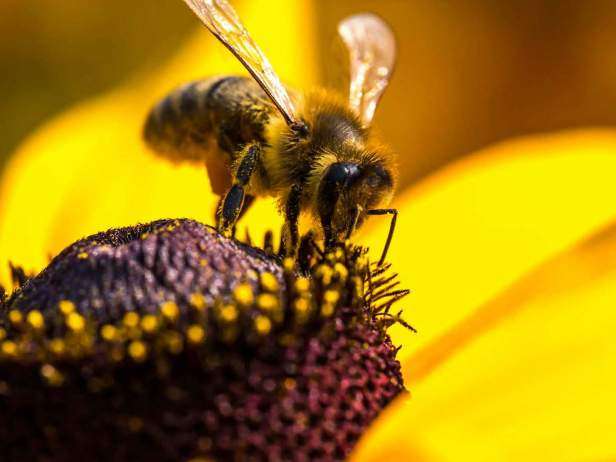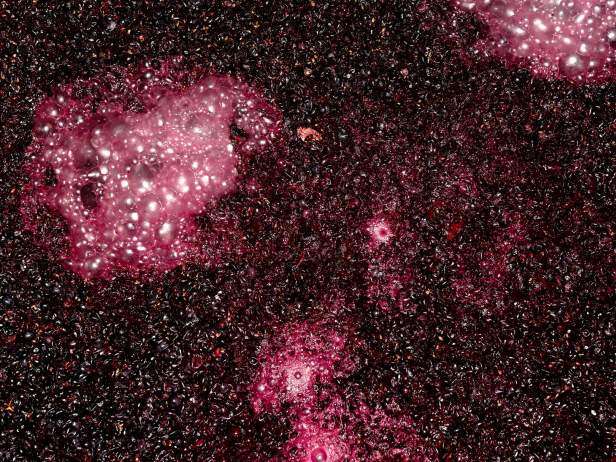Piloting
The uniqueness and the precursors are set by the grape, the rhythm of the expression and configuration of their personality is determined by you.
The success and organoleptic return from the AF are a direct function of the management of the fermentation parameters.
Yeasts, native and selected, adapt the metabolism to implant in the medium as well as possible. Depending on turbidity, temperature, GAP, availability of nutrients and oxygen, yeast will enhance one or other metabolic routes, which will give significantly different organoleptic results.
This provides the appropriate turbidity and kinetics, detects the Vmax and nourishes the yeast as and when needed and you will have an AF with a happy ending.
Scalya
It controls alcoholic fermentation and tank aging in a safe and automated way, optimizing the process and allowing its reproducibility.
The system sensors provide a real-time data record and, based on the defined guidelines, the system acts by sending operating orders to the tank equipment (thermoregulation, pump-over pumps, micro-oxygenation equipment).
Scalya allows the process to be reproduced precisely to maintain the wine profiles based on a defined objective and raw materials.
Other related topics
Yeasts
To transform must into wine completely and safely, to express the typicality and aromatic potential of the grape, or create it when it is scarce.
More informationNutrition
Yeasts are no different, and they need NH4 + at the beginning of fermentation to multiply and reach the appropriate population (100 to 120 million/ml), oxygen and amino nitrogen (peptides and amino acids) at the time of maximum activity and then detoxifying (bark yeast) to finish well.
More information

